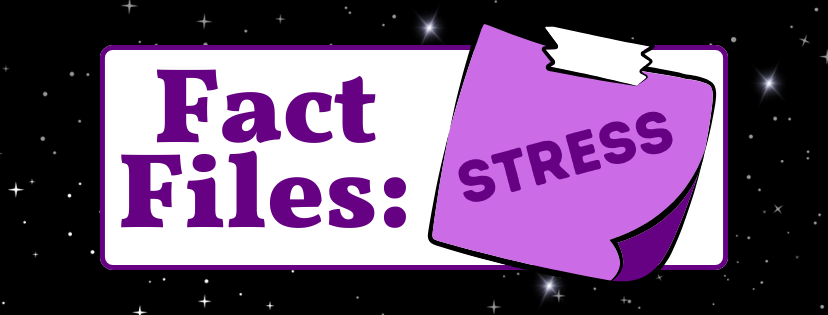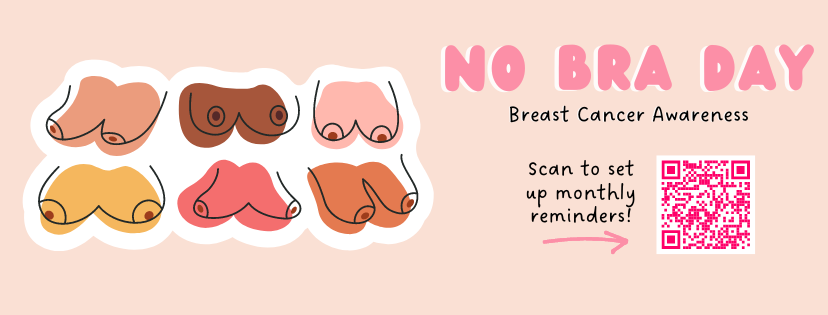Though you may have heard the terms ‘anxiety attack’ and ‘panic attack’ being used interchangeably, they are not the same thing.
Anxiety Attacks:
‘Anxiety Attack’ is not an official term in regards to mental health. It cannot be found within the Diagnostic and Statistical Manual of Mental Disorders (DSM). This term has been conjured up by individuals with anxiety as a way of describing intense feelings of anxiety over an extended period.
An anxiety attack is more intense than the mere feeling of anxiety but not as serious as a panic attack. The reason for calling it an ‘attack’ is because it can feel as though their anxiety is personally attacking their lives, interrupting their day-to-day activities.
Anxiety attacks can last for a couple of minutes or even for a few weeks. They occur in certain situations that the individual perceives as being stressful; for example, the individual may experience intense anxiety in the weeks leading up to an examination or waiting for results day to come around.
People often try to avoid situations that may trigger their anxiety, this could be avoiding certain people, places or events.
Symptoms of an Anxiety Attack:
- Feeling restless
- Being easily fatigued
- Finding it difficult to concentrate
- Being irritable
- Experiencing muscle tension
- Finding it hard to control worries
- Experiencing sleeping problems
- Racing heart
- Shortness of breath
In some cases, an anxiety attack can be a prelude to a panic attack. Anxiety attacks are not necessarily linked to an anxiety disorder, in many cases, experiencing anxiety is completely normal.
Panic Attacks:
Panic attacks can take place at any time and they do not need to have an obvious trigger. Some people may experience a single panic attack at some point in their life and then not experience another. Others may experience panic attacks frequently and this is when they should speak with their GP or a mental health professional as this is an indication of an anxiety disorder.
Panic attacks usually last for 5-20 minutes, peaking (reaching their worst) within the first 10 minutes. In some cases they can occur for longer, sometimes this is not 1 long attack, but multiple short attacks that are close together.
Symptoms of a Panic Attack:
- Racing heart
- Feeling faint, dizzy or lightheaded
- Feeling very hot or very cold
- Sweating, trembling or shaking
- Nausea
- Chest and/or stomach pains
- Finding it hard to breathe, feeling as though you are choking
- Feeling as though their legs are shaking, or they feel like jelly
- Feeling disconnected from your mind, body or surroundings (dissociation)
Help With Panic Attacks:
There are many ways of dealing with panic attacks; there are therapies available to help provide individuals with various breathing exercises and other coping techniques for when they are experiencing a panic attack or feel one coming on.
Breathing is a huge part of controlling a panic attack, there are some techniques to help individuals bring their focus back down to their breathing and away from everything else around them. Some find placing their hands against a flat surface can help their focus, others might find stomping on the spot can help with the rhythm of their breathing.
Other techniques include focusing on your senses, listing things that you can see, smell, taste, hear and touch. This is one of many methods known as ‘grounding’. These are most effective for people who experience dissociation when having a panic attack.
Those who experience frequent panic attacks are likely to have an anxiety disorder and can be offered medication to help them along with a variety of therapies.
Sources:
Mind Charity – Anxiety Disorders
TalkSpace – Anxiety Attack VS Panic Attack
VeryWellMind – Difference Between Anxiety Attacks and Panic Attacks


